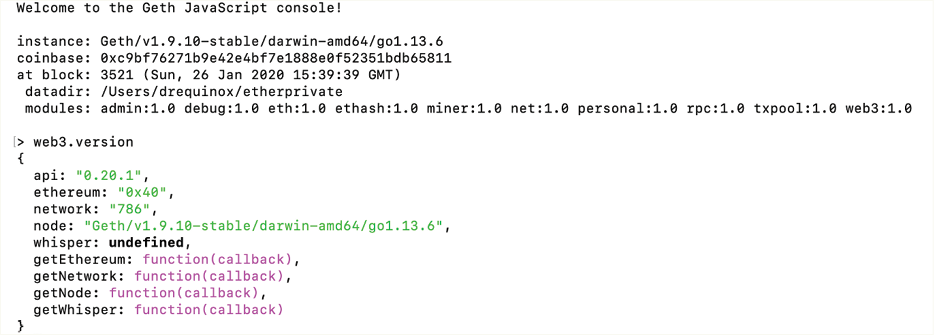Introducing Web3
Web3 is a JavaScript library that can be used to communicate with an Ethereum node via RPC communication. Web3 works by exposing methods that have been enabled over RPC. This allows the development of user interfaces (UIs) that make use of the Web3 library in order to interact with contracts deployed over the blockchain.
In this chapter, we'll explore the Web3 API, and introduce some detailed examples of how smart contracts are written, tested, and deployed to the Ethereum blockchain. We will use various tools such as the Remix IDE and Ganache to develop and test smart contracts, and look at the methods used to deploy smart contracts to Ethereum test networks and private networks. The chapter will explore how HTML and JavaScript frontends can be developed to interact with smart contracts deployed on the blockchain, and introduce advanced libraries such as Drizzle. The topics we will cover are as follows:
- Exploring Web3 with Geth ...



